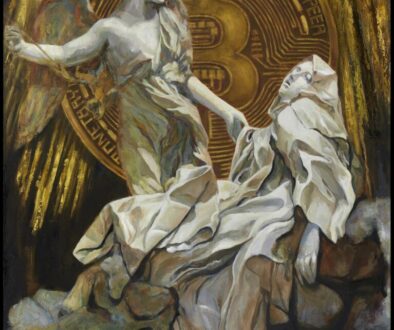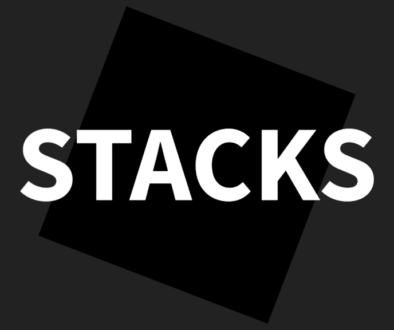Bitcoin NFTs Stacks or Ordinals?
Bitcoin was created in 2009 as a decentralized, peer-to-peer digital currency that operates on a public ledger called the blockchain. Over the years, the Bitcoin network has evolved to include various layers and protocols that allow for additional functionality and features beyond simple payments. One of these protocols is the ability to create non-fungible tokens (NFTs) on the Bitcoin blockchain.
NFTs are unique digital assets that can represent anything from art to collectibles to in-game items. They are “non-fungible” because each token is unique and cannot be exchanged for another token of equal value, unlike fungible tokens like Bitcoin itself. NFTs have become increasingly popular in recent years, with many high-profile sales of digital art and collectibles.
The first NFT standard on the Bitcoin blockchain was called Colored Coins, which was created in 2012. Colored Coins allowed users to attach additional information to Bitcoin transactions, essentially creating a new type of asset that could be traded on the blockchain. However, Colored Coins never gained widespread adoption and was eventually supplanted by other NFT protocols.
One of the most promising NFT protocols on the Bitcoin blockchain today is Ordinals. Ordinals is a simple and elegant protocol that allows users to “inscribe” up to 3.9 MB of data on the Bitcoin blockchain without the use of smart contracts. These inscriptions can represent anything from art to music to text. Because the inscriptions are directly on the Bitcoin blockchain, they are highly secure and tamper-resistant. Ordinals are fully backed by Bitcoin’s hash power and decentralization, making them permanent and as permanent as anything ever known. They can be exchanged like Bitcoin and used as proof of ownership for digital assets.
Stacks vs. Ordinals?
Stacks and Ordinals are two different protocols that utilize the Bitcoin blockchain, each with their unique set of features and use cases.
Stacks is a layer on top of the Bitcoin blockchain that allows developers to build Ethereum-style smart contracts that read, write, and secure data on Bitcoin. It is similar to a sidechain in that it has its own ledger and virtual machine, but it also has properties of a layer-two scaling solution because it inherits security (finality) from Bitcoin L1. Stacks enables developers to create a range of decentralized applications (dApps) that can interact with Bitcoin in a secure and trustless manner. However, Bitcoin itself cannot verify Stacks transactions, so Stacks requires a separate consensus mechanism to secure its ledger.
On the other hand, Ordinals is a protocol on Bitcoin L1 that allows users to “inscribe” data up to 3.9 MB on the Bitcoin blockchain without the use of smart contracts. Ordinals are essentially non-fungible tokens (NFTs) that are fully backed by Bitcoin’s hash power and decentralization. They are permanent and can be exchanged like Bitcoin. Because they are inscribed directly on the Bitcoin blockchain, they are highly secure and tamper-resistant.
In summary, while Stacks and Ordinals both use the Bitcoin blockchain, they have different characteristics and use cases. Stacks allows developers to build complex dApps that can interact with Bitcoin, while Ordinals provide a simple and elegant way to inscribe data on the Bitcoin blockchain without the use of smart contracts. Both protocols have their unique advantages and are being developed by a community of builders who are committed to advancing the Bitcoin ecosystem.
Friend of NFT Culture TO also has a great thread that inspired this post.
Awesome thread
BUT the author may have confused Stacks w/ Ordinals right here
Everyone should know Ordinals is a protocol on Bitcoin L1
Stacks is another layer/ledger w/ Ethereum-style smart contracts that read, write, & secure data on Bitcoin
They can work together https://t.co/n7hpV5SgHj
— trevor.btc (@TO) February 24, 2023



